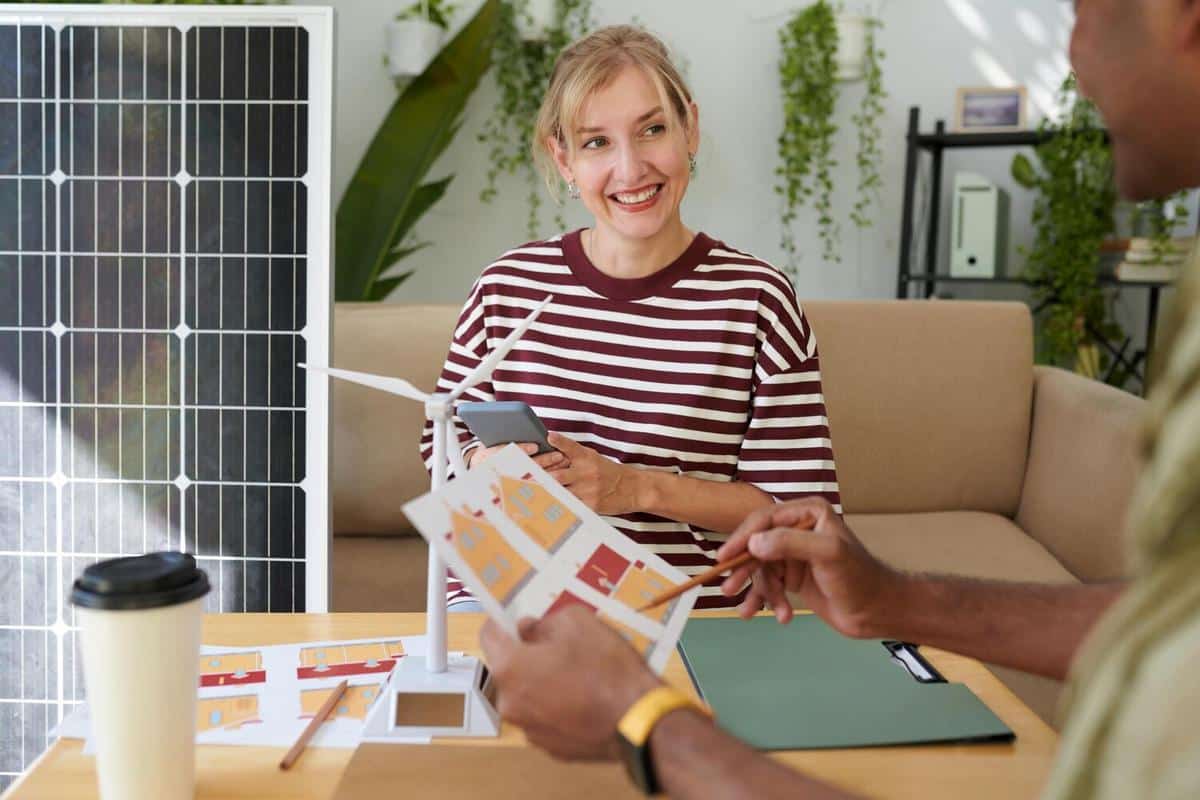
Energy Efficiency Tips for a Greener Home
Creating a greener home is not just about embracing renewable energy technologies; it’s also about optimizing energy efficiency to reduce consumption and minimize environmental impact. With a few strategic adjustments, you can significantly cut down on energy usage while also saving on utility bills.
Understanding Energy Efficiency
Energy efficiency is the practice of using less energy to perform the same task or produce the same result. According to the U.S. Department of Energy, improving energy efficiency in homes could reduce national energy consumption by 20% over the next decade. This reduction not only benefits the environment but also results in substantial savings for homeowners.
Insights from Experts
“Energy efficiency should be the first step in any green home initiative,” says Michael Zimmerman, an energy consultant with over 20 years of experience in sustainable building practices.
Proven Benefits and Statistics
Research by the International Energy Agency (IEA) shows that energy efficiency improvements can deliver more than 40% of the emissions reductions needed to meet international climate goals by 2040.
Simple Changes with Big Impact
- Switch to LED lighting, which uses up to 75% less energy than traditional incandescent bulbs.
- Seal windows and doors to prevent drafts and reduce heating and cooling costs.
- Install a programmable thermostat to automatically adjust the temperature for energy savings.
- Use energy-efficient appliances that have earned the Energy Star label.
Personal Experience
Take, for instance, Emily, a homeowner who replaced all her old appliances with energy-efficient models. Within a year, she noticed a 30% reduction in her utility bills, proving that these changes can lead to significant savings.
Actionable Steps
Consider conducting an energy audit to identify areas where your home could be more efficient. Many utility companies offer free audits, which can provide a detailed report and recommendations.
Energy Efficiency Tips Table
| Tip | Potential Savings |
|---|---|
| Install LED bulbs | 75% less energy used |
| Seal windows and doors | Up to 20% on heating/cooling |
| Programmable thermostat | 10% savings on heating/cooling |
| Energy Star appliances | 10-50% less energy |
| Smart power strips | 5-10% on electricity bills |
| Low-flow showerheads | 20-25% water heating savings |
| Insulate water heater | 7-16% on water heating |
| Use cold water for laundry | 90% energy savings per load |
Frequently Asked Questions
How can I tell if my home is energy efficient?
An energy audit can provide insights into your home’s efficiency and suggest improvements.
What are the most cost-effective energy efficiency improvements?
Switching to LED lighting and sealing drafts are among the most affordable changes with high impact.
Is it worth upgrading to energy-efficient appliances?
Yes, while the upfront cost can be higher, the long-term savings on utility bills make it worthwhile.
Conclusion
By embracing energy efficiency, you contribute to a more sustainable future while enjoying lower utility costs. Start with small changes today and gradually implement more comprehensive solutions. For further guidance, explore resources like the Energy Star program, which offers a wealth of information on energy-saving products and practices.


